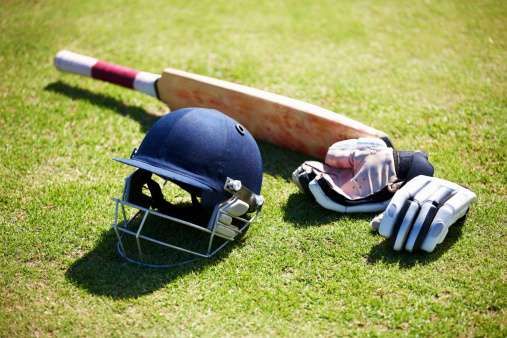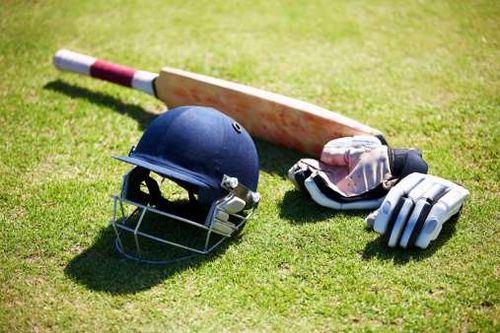
Deciphering the controversy around the new verified ECB helmets
Alastair Cook, the England test captain is in the news these days and it is not because of his batting but because of the helmet he is wearing.
Following the tragic death of Australian Phillip Hughes when he was hit by a bouncer, and the career-ending injury to Craig Kieswetter, the English and Wales Cricket Board have stepped in and have issued new regulations and guidelines to ensure maximum player safety as far as cricket kits, especially helmets are concerned.
All professional cricketers in England and Wales batsmen facing all types of bowling, wicketkeepers standing up to the wicket and fielders standing closer than eight yards from the batsman's middle stump - except behind the wicket on the off side will have to wear the helmets without any exceptions. The strict guidelines if flouted might see the player being debarred from playing.
The ECB's published regulations on helmets read: "It shall be the joint responsibility of each relevant participating cricketer and the first-class county, team owner or club (as applicable) for which he/she plays to ensure that he/she wears compliant headgear at all times when undertaking any regulated activity in any match.”
Professional Cricketers’ Association Chief Executive Angus Porter said: “We welcome today’s decision on helmet use, which is the product of a joint initiative between the PCA and ECB. It provides an excellent opportunity for professional cricketers to lead by example and drive greater awareness of the importance of player safety across the whole game.”
Vital Specifications
There will be different sets of helmets used in senior and junior cricket as the dimensions of balls used vary in the different levels. The head-protectors should now specifically mention on the label whether or not they have been tested against a men’s standard ball size of 5 ½ ounces, a junior standard ball size of 4 ¾ ounces, or both men’s and junior size balls.
The two vital specifications are that are consistent are:
- It now includes a facial contact projectile test that assesses for penetration of the ball through the faceguard, and contact of the faceguard onto the face, using realistic ball impact speeds and conditions.
- Head protectors have been tested separately against men’s and junior sized cricket balls (a five-and-a-half ounce ball and a four-and-three-quarter ounce ball, respectively).
- Why the Controversy
This decision has found itself in the midst of a controversy with Alastair Cook having already violated the guidelines in the first match of the ongoing county championship. Cook wearing the older helmet scored a century. He did face the ire of ECB and had to grudgingly wear the ECB verified helmet in the next match against Sussex and was dismissed for just 1 run.
This has sparked off a debate, as the new helmets have a fixed grille which cannot be adjusted on the sides, and thus has a narrower window in that prevents the ball from sneaking in and hitting the batsmen. But this also makes it difficult for the batter to sight the ball early and it is also much heavier than the older one. There are other arguments floating around which say that if the batsman do not pick up the ball early, the chances of him being hit increases.
Finds support
Cook might not be too happy, but in the same match, Sussex batsman Chris Nash has specifically mentioned that wearing this new verified helmet helped him get away with a broken nose when a ball hit him on the head.
Former England batsman Jonathan Trott made the switch to the new verified helmet and also scored a double century. Cook might thus want to find a suitable middle ground before the international season against Sri Lanka and Pakistan commence.
